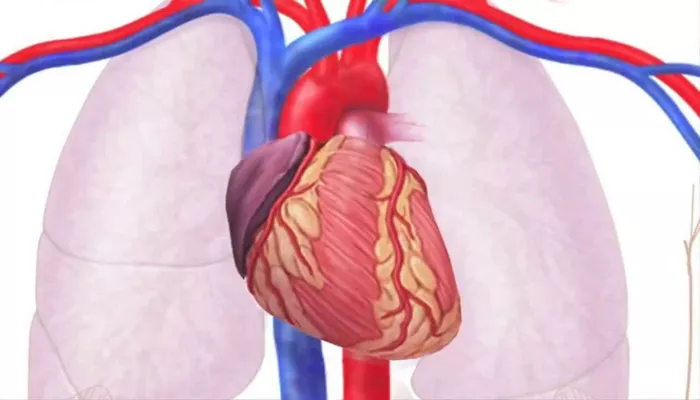A new analysis of the SCORED trial suggests that sotagliflozin, a dual sodium-glucose cotransporter (SGLT) 1 and 2 inhibitor, significantly reduces the risk of ischemic cardiovascular events such as heart attacks and strokes in high-risk patients.
While the benefits of SGLT2 inhibitors in heart failure are well established, their impact on ischemic outcomes has been less clear. To address this gap, Dr. Rahul Aggarwal and his team conducted a prespecified secondary analysis of the SCORED trial, focusing on the potential of sotagliflozin to reduce major adverse cardiovascular events (MACE).
The study enrolled 10,584 adults with type 2 diabetes, chronic kidney disease (eGFR 25–60 mL/min/1.73 m²), and other cardiovascular risk factors. Participants were recruited from 750 sites across 44 countries and randomly assigned to receive either sotagliflozin or a placebo. The starting dose of sotagliflozin was 200 mg once daily, which was increased to 400 mg within six months if tolerated.
MACE was defined as a composite of cardiovascular death, non-fatal myocardial infarction, and non-fatal stroke. Researchers found that the rate of total MACE was significantly lower in the sotagliflozin group than in the placebo group—4.8 events per 100 person-years versus 6.3, respectively. This corresponds to a 23% relative risk reduction (hazard ratio: 0.77; 95% confidence interval: 0.65–0.91; P = 0.002).
The median age of participants was 69. Nearly 45% were women, 48.6% had a prior heart attack, 8.9% had a history of stroke, and 22.4% had undergone coronary revascularization.
Further analysis showed consistent benefits across various patient subgroups, including differences in kidney function, urine albumin-creatinine ratio, and pre-existing cardiovascular conditions. Notably, both myocardial infarction and stroke rates were independently reduced in the sotagliflozin group.
“Sotagliflozin reduced MACE, with independent reductions in myocardial infarction and stroke, among patients with type 2 diabetes, chronic kidney disease, and additional cardiovascular risk,” the authors wrote. “The ischemic benefit on myocardial infarction and stroke has not been previously observed with other SGLT inhibitors and warrants investigation of combined SGLT1 and SGLT2 inhibition as a possible underlying mechanism.”
These findings open the door for further research into dual SGLT inhibition as a strategy to prevent major ischemic cardiovascular events in high-risk populations.
Related topics:


